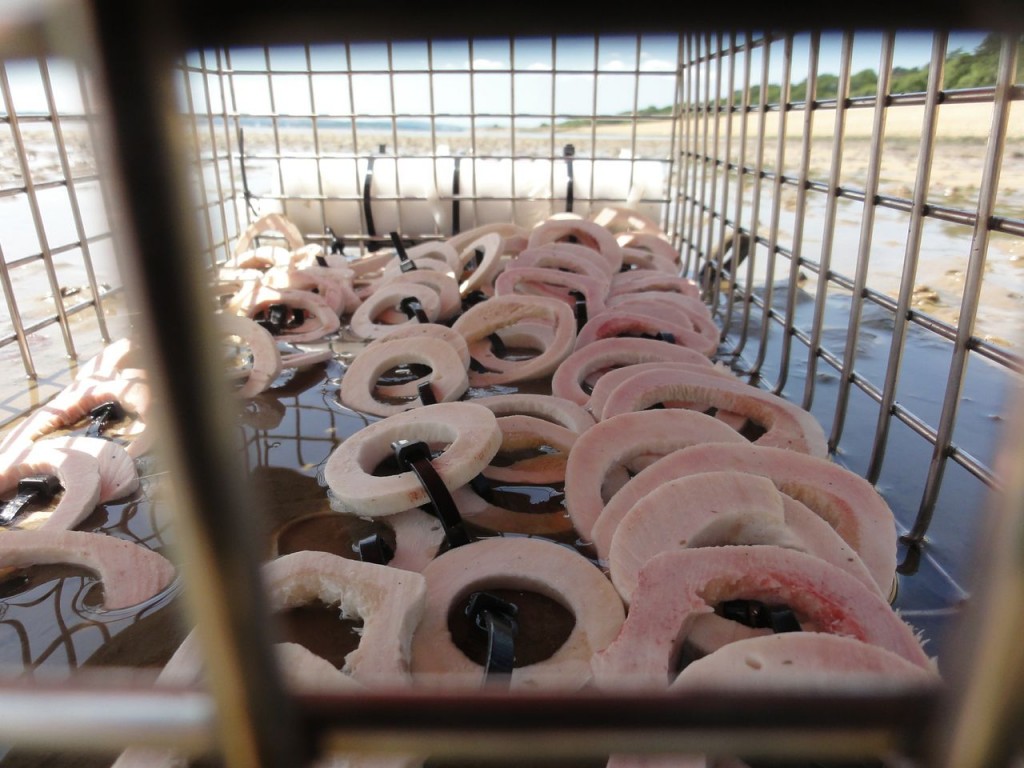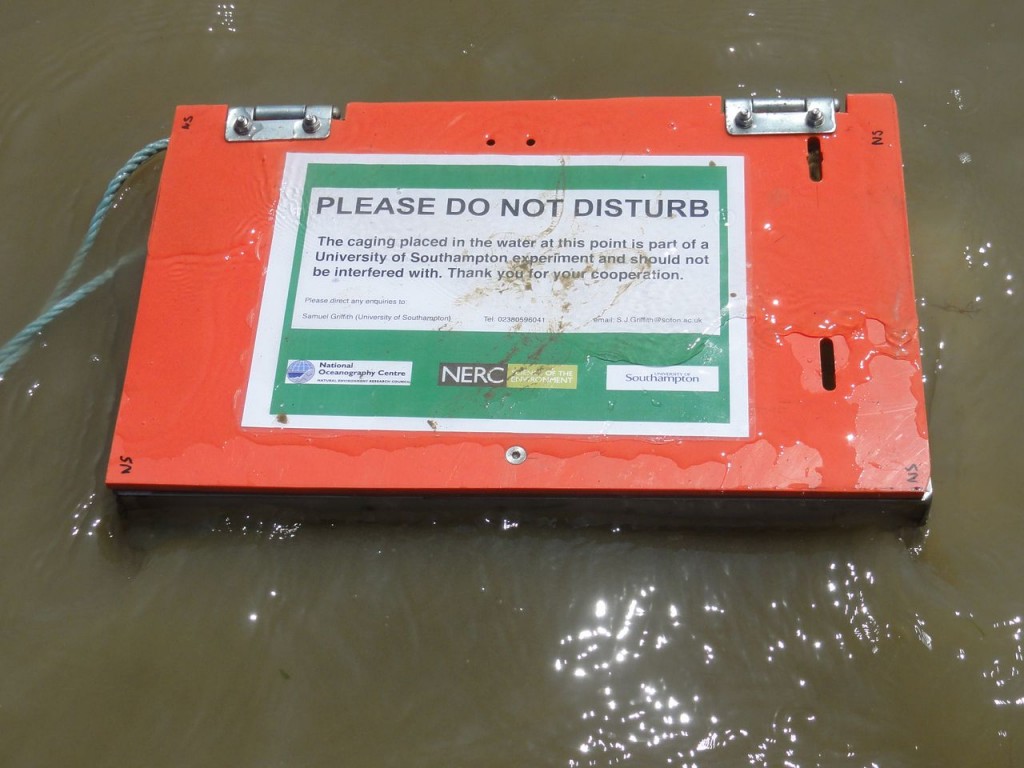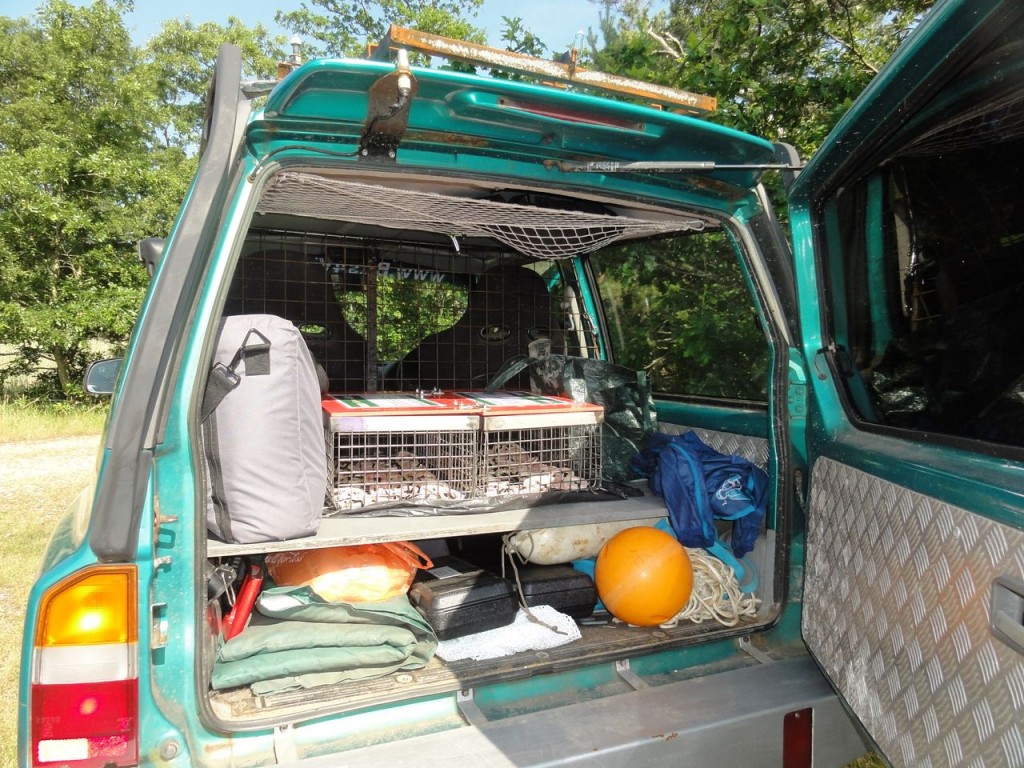Last week Dr Charlie Thompson and PhD student Sam Griffith from Geology & Geophysics began a fieldwork project investigating the survivability of DNA in submerged bone. Cow femur bones, acting as human analogues, are being submerged at four sites in estuarine, riverine and marine areas in Hampshire.
In the environment a number of physicochemical and biological processes directly impact DNA degradation in bone and also control the rate at which other agents of bone diagenesis and biomarker decay operate. However, our understanding of these processes is still incomplete. DNA degradation is being investigated in natural environments and in controlled laboratory setting, so variables influencing survival can be identified, isolated and quantified – (prolonged and periodic burial in bottom sediment, variations in turbidity/hydrological regimes; wet and dry cycles and the influence of microbial activity are being explored).
Ultimately the study hopes to establish whether the potential for DNA extraction is relatable to bone’s diagenetic state and taphonomic histories. Better understanding in this area could prove very useful for archeologists and forensic practitioners alike by improving screening of bone samples recovered from aquatic contexts – this may help bone tissue with most potential for successful biomarker extraction to be targeted for analysis.
This fieldwork is part of a wider collaborative research project with Dr Tim Thompson (Teesside University) and Dr Rebecca Gowland (Durham University) exploring human bone taphonomy in aquatic environments.



